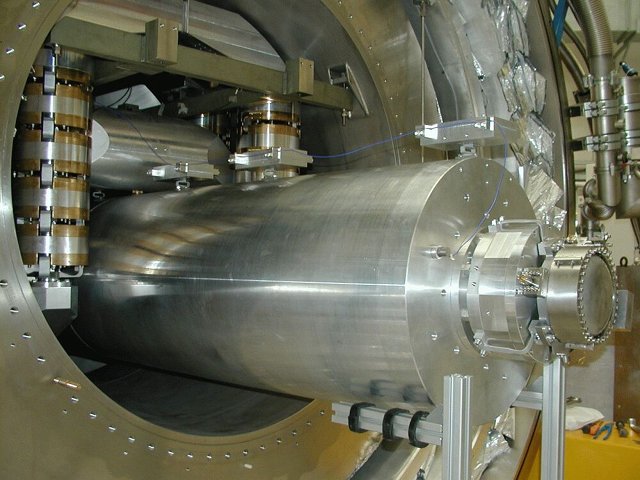Threatening (to discover) quantum gravity with a big metal bar
Ars Technica » Scientific Method 2012-12-18

Despite many decades of effort, quantum physics and gravitation remain separate: no consistent quantum theory of gravity exists. However, that doesn't mean we don't have hints about what such a theory would look like. In particular, many proposals that are wildly different in their details agree that there is a fundamental length scale—the Planck length—at which the force of gravity becomes as strong as the other forces. Close to the Planck scale, ordinary physics, including the famous Heisenberg uncertainty principle, breaks down. Exactly how this breakdown happens is presently (wait for it!) uncertain.
When theory is silent, experiment must step in. A new paper analyzed results from the AURIGA gravitational wave experiment to check for deviations from standard quantum mechanics in the vibrations of a massive metal bar at cryogenic temperatures. The AURIGA results showed no deviation from standard quantum physics, yielding an upper bound on the energy of quantum gravity modifications. The experimenters concluded that the theorists needed to get back to work so that the experimenters have a better idea of what to expect.
So far, experimenters and theorists haven't had much to talk about. This is in part because the Planck length is extremely tiny: 1.6×10-35 meters, compared with the 10-15 meter or so occupied by an atomic nucleus. The particle physics approach to probing short distances is to crank up the energy of collisions, but these energies are well beyond the capabilities of any collider—including the Large Hadron Collider (LHC).
Read 8 remaining paragraphs | Comments